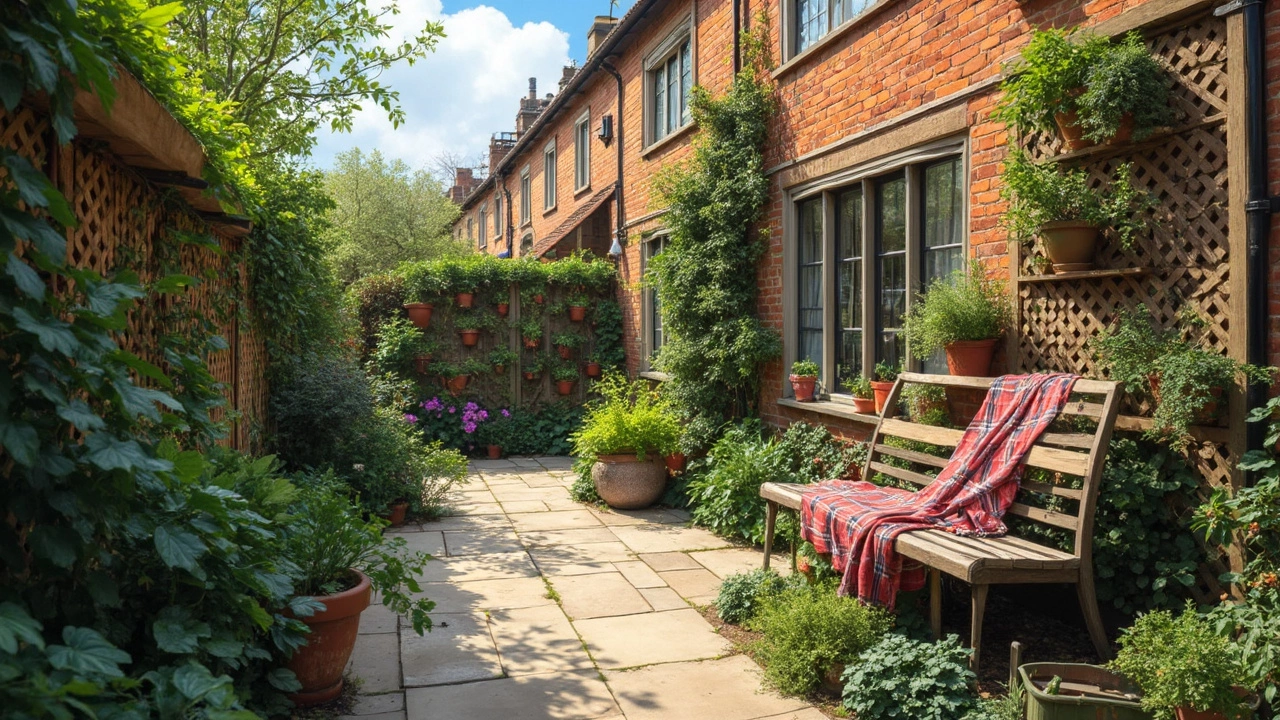Vertical Gardening Made Simple: Grow Up, Save Space
Running out of floor space? Vertical gardening lets you stack plants on walls, fences, or shelves so you can grow herbs, veggies, and flowers without a big backyard. It’s perfect for apartments, balconies, or any spot where square footage is tight. Below you’ll find step‑by‑step ideas that get you planting fast, plus a few tricks to keep your garden thriving.
Pick the Right Structure
First, decide where your garden will live. A sturdy wall or fence works best because it can hold the weight of soil and pots. If you’re indoors, a free‑standing rack or a set of wall‑mounted pallets does the job. Make sure the surface can handle moisture; a waterproof backing or a shelf liner will protect the wall from water damage. For renters, removable hooks or tension rods give you a temporary setup that won’t leave holes.
Choose Plants That Like to Climb
Not every plant is a good fit for a vertical frame. Herbs like basil, mint, and parsley love the airflow and light that a vertical set‑up provides. Small vegetables such as cherry tomatoes, peppers, and lettuce also thrive when their roots stay cool and their foliage gets plenty of sun. Trailing vines—sweet peas, nasturtium, or morning glory—add colour and can cover gaps in the wall. Keep plant size in mind; a compact variety will keep the garden tidy.
Once you have your structure and plants, it’s time to fill the gaps. Use a lightweight potting mix that drains well; heavy garden soil can pull the frame down. For container plants, recycle old PET bottles, wooden crates, or fabric grow bags. Drill drainage holes in the bottom, add a bit of gravel, then fill with soil. This keeps water from pooling and reduces the chance of root rot.
Watering vertical gardens can feel tricky, but a simple drip system or a watering can with a long spout works wonders. Water at the base of each pot and let gravity do the rest. If you’re busy, set a timer on a small pump that feeds a hose through the structure. Mulch the top of the soil with shredded bark or coconut coir to hold moisture and cut down on how often you need to water.
Light is the next big factor. Most edible plants need at least six hours of direct sunlight per day. Position your vertical garden where the sun hits it head‑on, or use a grow‑light strip if you’re indoors. LED panels give full‑spectrum light and use little electricity, making them a smart choice for apartment dwellers.
Maintenance is simple if you plan ahead. Prune vines regularly to keep them from overgrowing the frame. Harvest herbs often—cutting just the top few inches encourages new growth. Keep an eye on pests; a quick spray of neem oil or a dab of soap water can stop aphids before they spread.
Ready to start? Here’s a quick checklist:
- Find a sturdy, water‑resistant wall or free‑standing rack.
- Choose lightweight containers and a good potting mix.
- Select compact, sun‑loving plants like herbs, lettuce, and small tomatoes.
- Set up a drip line or use a long‑spout watering can.
- Provide at least six hours of sun or install LED grow lights.
- Prune, harvest, and check for pests weekly.
That’s it—your vertical garden can be up and growing in a weekend. It’s a low‑cost way to add fresh food, colour, and a sense of calm to any room. Happy planting!
